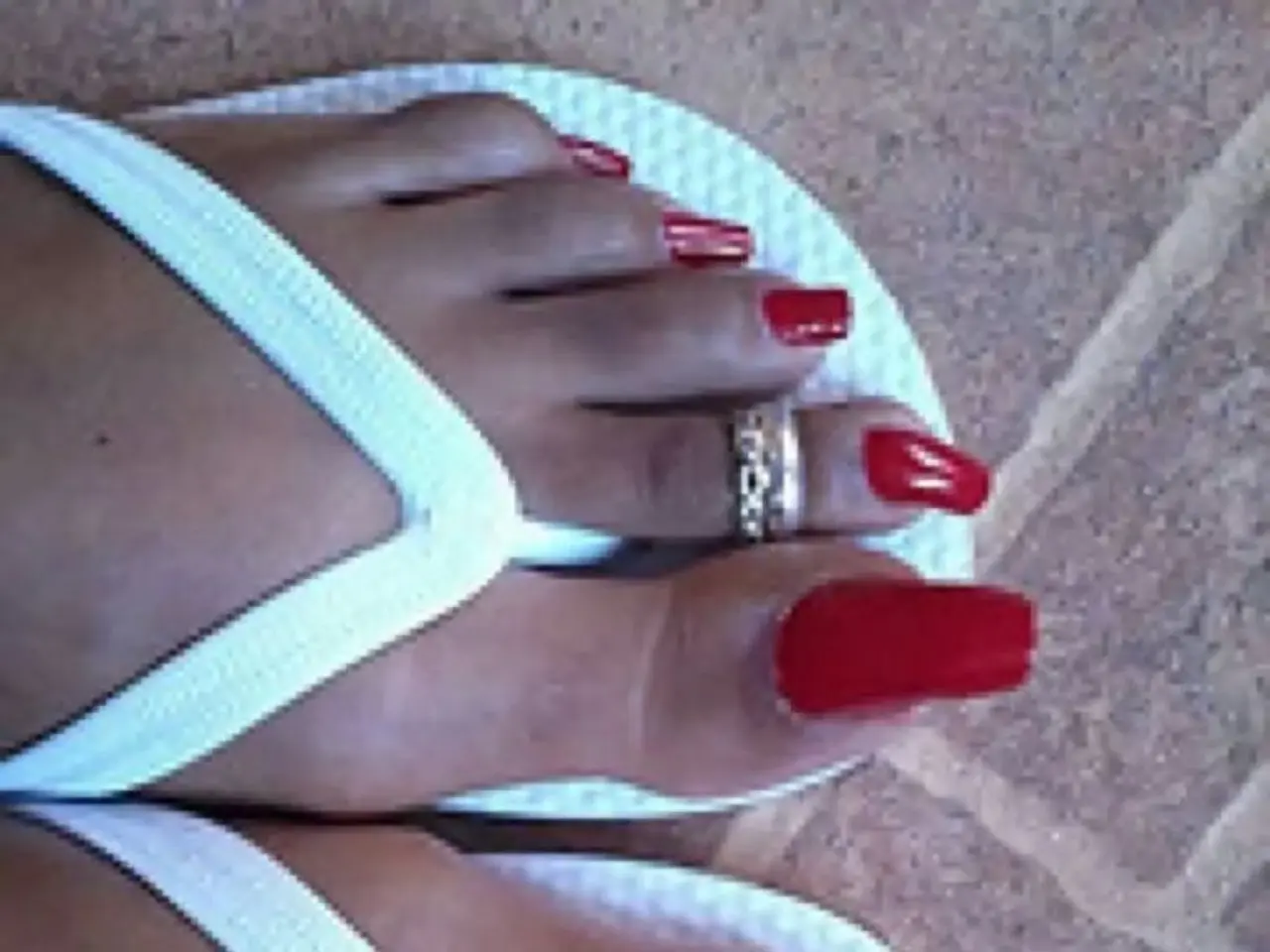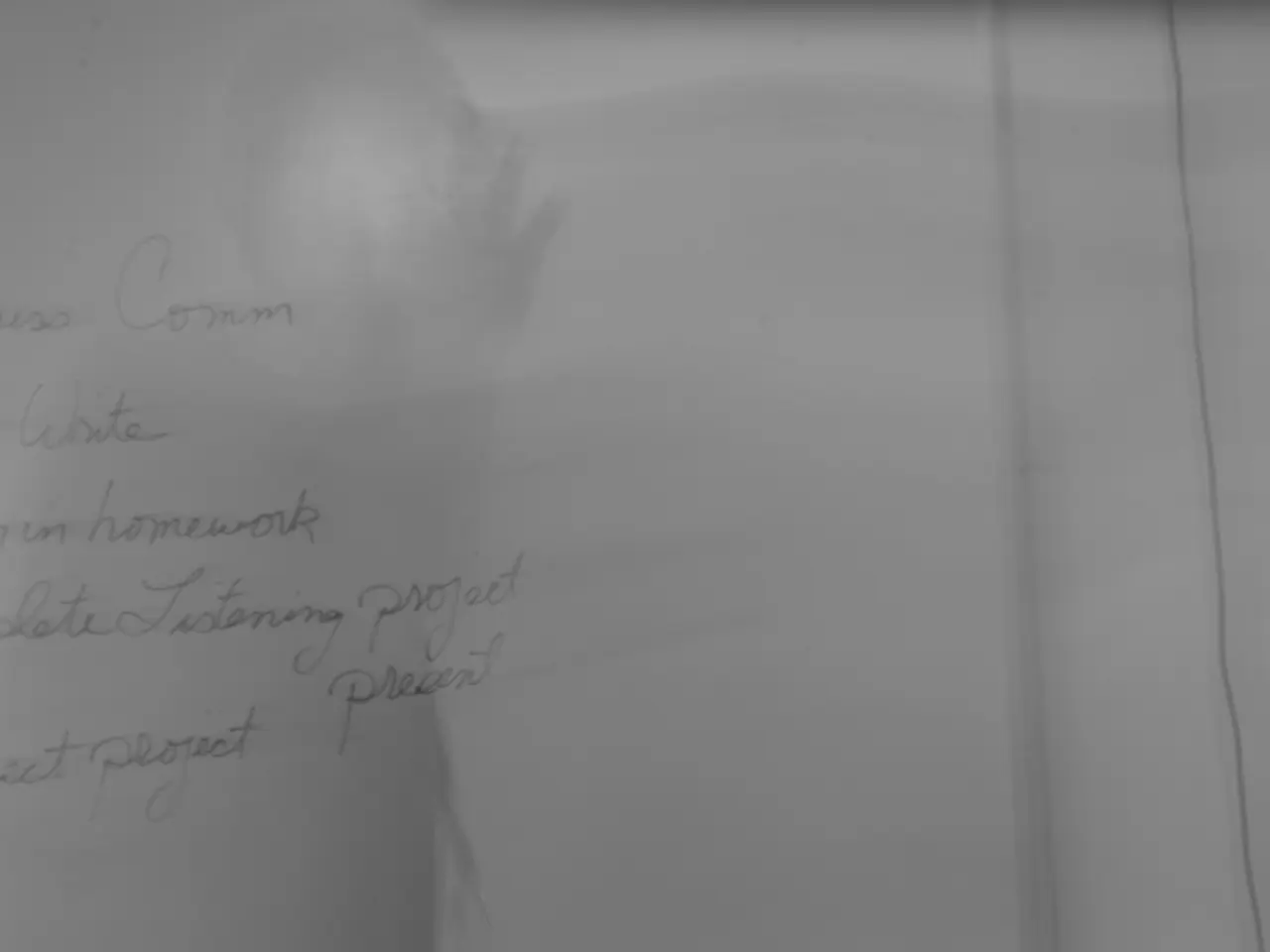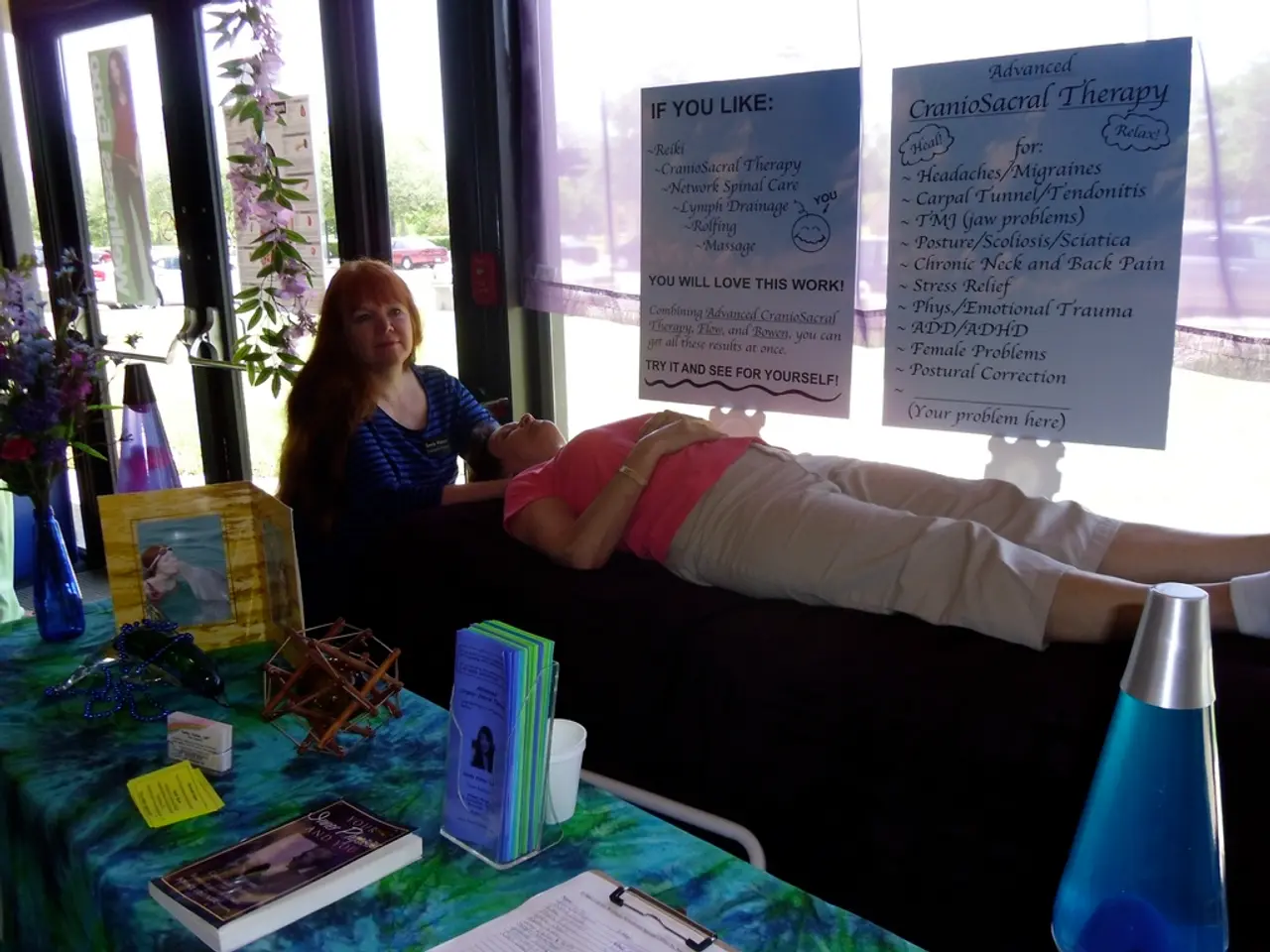Coronavirus Foot Symptoms: Explanation, Root, Remedy, and Additional Details
In the midst of the COVID-19 pandemic, a lesser-known condition has been gaining attention - COVID toes. This chilblain-like condition, also known as perniosis, can cause swelling and discoloration on a person's toes, fingers, or both. Let's delve into the world of COVID toes, its differences from chilblains, and how to manage it.
Perniosis, or chilblains, is a skin condition that may resemble COVID toes. It is typically caused by prolonged exposure to damp and cold surroundings. Symptoms include small regions of discolored skin, raised areas of skin or other abnormal skin growths, blisters or ulcers, a tender, burning, or itchy sensation, and damage to toe- or fingernails.
On the other hand, COVID toes are chilblain-like lesions occurring in the setting of COVID-19 infection. Unlike chilblains, COVID toes are not necessarily linked to exposure to cold temperatures. They appear as deep-red to bluish, pressure-sensitive swellings and plaques primarily on toes and fingers, sometimes associated with other skin manifestations or mild systemic symptoms.
Key differences between the two conditions include exposure to cold, seasonality, association with infection, and symptoms overlap. Chilblains are strongly linked to cold and damp conditions, while COVID toes occur without the typical cold exposure. Chilblains have a clear seasonal pattern, worsening in winter and improving in summer, whereas COVID toes can appear year-round. COVID toes are seen in the context of confirmed or suspected COVID-19 infection or vaccination, whereas chilblains occur mainly due to environmental triggers.
Both conditions can cause red/purple discoloration, swelling, itching, and pain in extremities. However, COVID toes may be part of a broader COVID-19 symptom spectrum and may have less clear cold exposure history.
If a patient presents with chilblain-like lesions after cold exposure, especially in winter, with a history of poor circulation or sensitivity to cold, this points towards classical chilblains. If similar lesions appear in the absence of cold exposure but with antecedent or concurrent COVID-19 infection or vaccination, COVID toes are more likely. Clinical history, COVID testing, and consideration of seasonality and environmental exposure assist in differentiation.
Regarding treatment, the medical profession is divided about the best course of action for COVID toes. Some doctors argue that certain treatments may help improve a person's COVID toes symptoms, such as paracetamol, antibiotics, antihistamines, topical steroids, hydrocortisone cream, mometasone furoate, and heparin gel. Quitting smoking may also improve pernio symptoms in some people.
In terms of prevention, to reduce the chance of transmission, a person should wear a mask, maintain social distancing, avoid crowds and poorly ventilated indoor spaces, and wash hands often.
It's important to note that the cause of COVID toes is not fully understood, but theories suggest it could be a reaction to an active SARS-CoV-2 infection or a delayed immune response to a past infection. People of any age can develop COVID toes, but it typically appears in children, teenagers, and young adults. Those who develop COVID toes do not typically experience common symptoms of COVID-19, such as fever or cough, and if symptoms do appear, they are mild.
In summary, while COVID toes and chilblains share some similarities, they can be differentiated based on their context of occurrence and subtle differences in symptom patterns, especially regarding exposure to cold temperatures. Understanding these differences can help in accurate diagnosis and effective treatment.
- In the setting of COVID-19 infection, COVID toes manifest as chilblain-like lesions on toes and fingers, which are not necessarily linked to cold temperatures.
- A key difference between COVID toes and chilblains is that the latter is strongly linked to cold and damp conditions, while COVID toes occur without the typical cold exposure.
- If a patient presents with chilblain-like lesions after cold exposure, especially in winter, with a history of poor circulation or sensitivity to cold, this points towards classical chilblains.
- In terms of prevention, a person should wear a mask, maintain social distancing, avoid crowds and poorly ventilated indoor spaces, and wash hands often to reduce the chance of transmission.
- The cause of COVID toes is not fully understood, but it could be a reaction to an active SARS-CoV-2 infection or a delayed immune response to a past infection, and people of any age can develop it.




